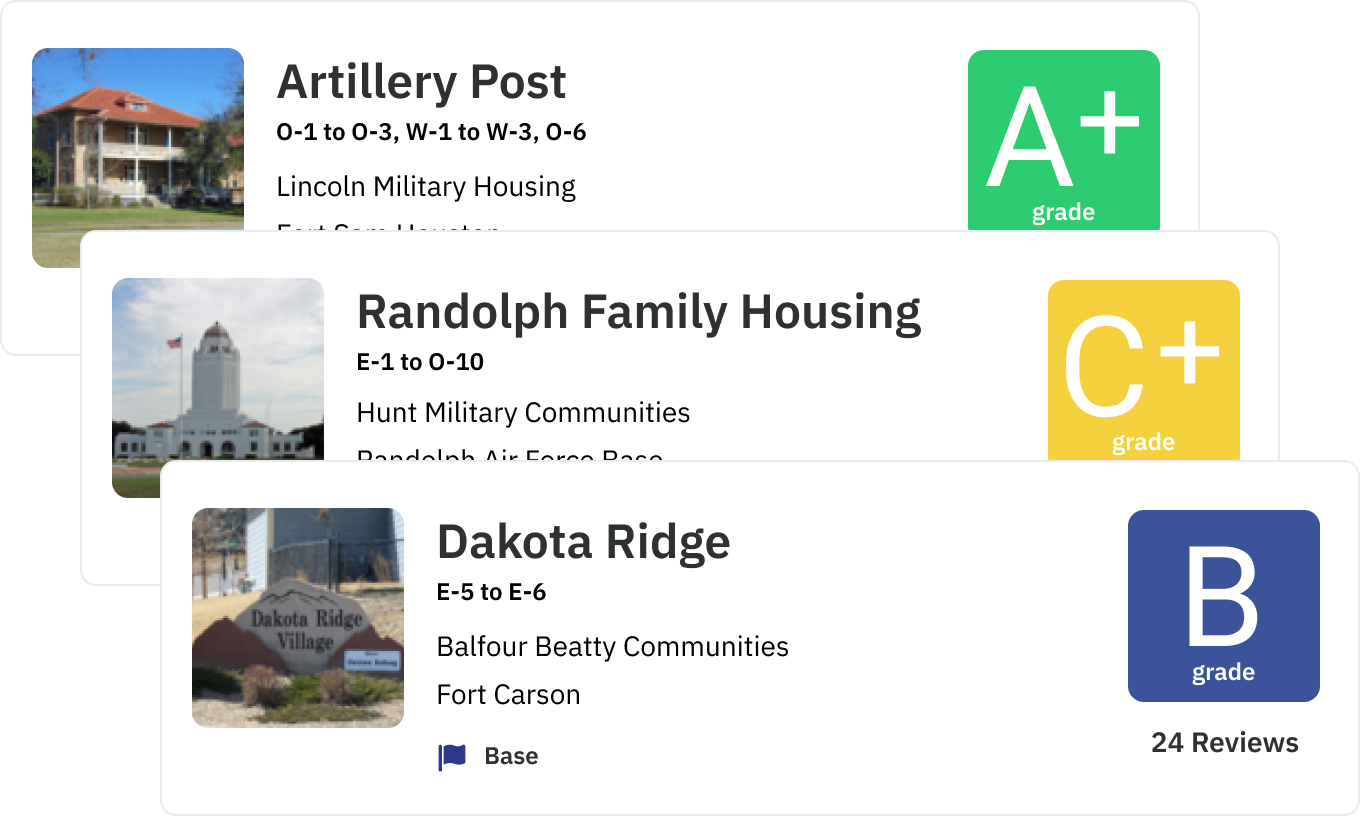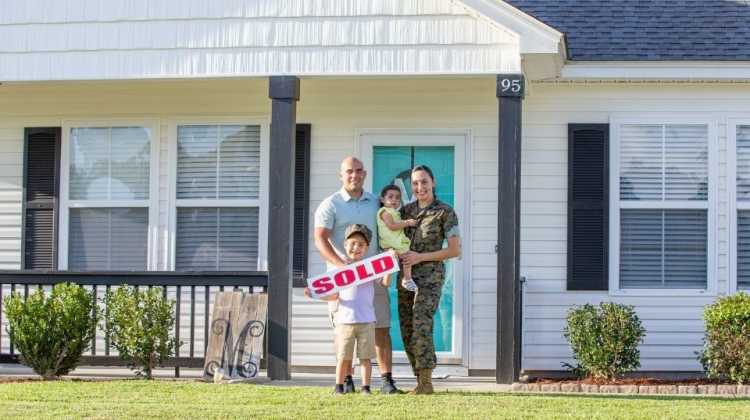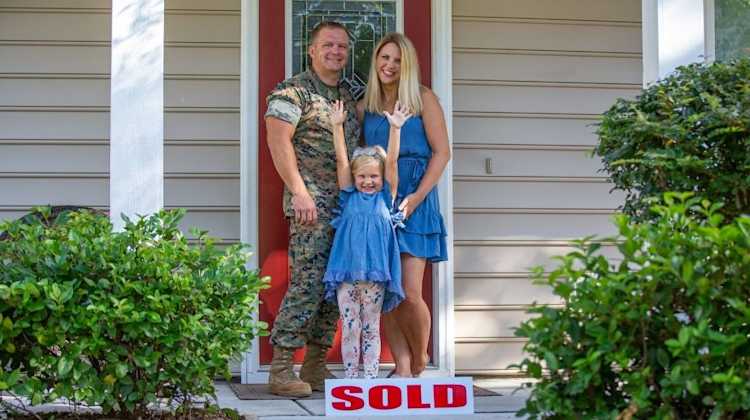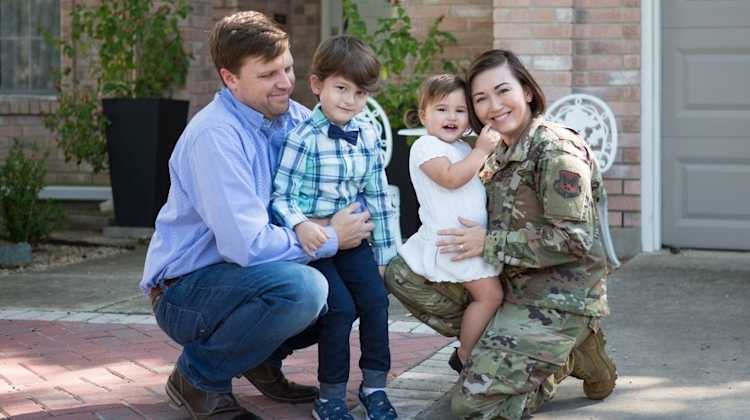Final Walkthorugh Before Closing: Tips for Buyers
by Becca Stewart - March 1st, 2022

You’re days away from closing on a home. But there is still one hurdle to clear: the final walkthrough.
Why do we need a final walkthrough before closing?
A final walkthrough of a home isn’t required, but it’s always a good idea. This is the last chance for you, the buyer, to see the home and ensure everything is in working order before closing day.
You will usually have up to two days to do a final walkthrough before closing day. Your real estate agent will coordinate with the sellers’ agent to schedule the walkthrough.
Tips for the final walkthrough
The final walkthrough is the last step before the homebuying finish line: the closing table. And although you’re probably ready to sign on the dotted line and start unpacking, it’s crucial to spend this time carefully examining the home you’re about to buy. Be as thorough as possible.
Before and during the walkthrough, there are ways to make sure your home buying experience is as painless as possible.
1. Attend inspection if possible
The inspection happens long before the final walkthrough, but it plays an important role. Once the seller accepts an offer, you will typically have several days (determined by the buyer and seller) to inspect the home for any damage or necessary repairs.
The buyer can—and should—attend the home inspection. It’s an excellent opportunity to spend more time in the home and learn how everything works. A licensed inspector will also identify any issues with the property.
After the inspection, the buyers can ask the sellers for concessions or repairs based on the inspector’s findings. If the sellers agree to make repairs, they must complete them before the final walkthrough. Attending the home inspection leaves you more informed and prepared for the final walkthrough.
2. Check for repairs and maintenance
After the initial inspection, the buyer and seller agree on any necessary repairs or maintenance. Everything should be completed before the walkthrough. If you notice something during the final walkthrough that should have been repaired but isn’t, make a note and tell your agent.
The sellers should also leave receipts for any maintenance or repairs included in your contract.
3. Turn on lights and faucets
Everything should be in working condition unless previously acknowledged by both buyer and seller. This includes light fixtures, faucets, and toilets.
Turn lights on and off. Check for burned out bulbs or lights that aren’t functioning correctly.
Check ceiling fans, if applicable.
Turn on faucets inside and outside. Check for any signs of leaks, mold, or other damage.
Make sure the water heater is operational.
Flush the toilets. Ensure they are in working order.
4. Inspect ceilings, walls, and floor
We military families know that moving can sometimes be tough on a house. It’s possible the owner caused damage to the house after your initial Open House visit, and it's not uncommon to find dents and dings in siding or trim. But large holes, water spots, or cracks are a red flag and should be noted during the final walkthrough before closing.
5. Open and close the doors (including the garage!)
Check that all the doors open and close smoothly (or are in the same working order as they were at inspection). Be sure that the garage door is operational. The sellers should leave all keys and garage door openers for you on the closing day.
6. Check heating and cooling systems
Turn the heat up and check the furnace. Then, turn the temperature way down and make sure the A/C unit is cooling properly. Check that the furnace filters have been changed. Make a note of any concerns.
7. Inspect appliances
Do a quick check of the appliances included with the home:
Oven
Range
Microwave
Dishwasher
Refrigerator
Washer/Dryer
Fireplace
If these appliances were in working order during the initial inspection, they should be working now, too.
8. Cleanliness and belongings
The sellers aren’t obligated to do a deep clean of the home. In some cases, they aren’t required to clean at all unless otherwise noted in your contract. But as a common courtesy, agents suggest that sellers leave their homes “broom clean” for the buyers. That is, swept and vacuumed floors, wiped down counters, and all their belongings removed from the home.
Check the attic, basement, or other storage areas. Is there anything left that shouldn’t be there? Did the sellers leave behind the items they agreed to include with the house?
We found issues at the final walkthrough. What now?
If you discovered problems during your final walkthrough, don’t panic! You have several options for getting your concerns addressed.
First, consider the severity. Is the issue something that’s easily fixed, like a wall that needs some paint or a furnace filter that needs replacing? In most cases, you can overlook these problems, continue with your scheduled closing, and address those concerns on your own.
However, glaring issues shouldn’t be overlooked. Address any unfinished or insufficient repairs, malfunctioning appliances, or concerns with electrical, plumbing, or HVAC systems. In these cases, your agent will contact the sellers’ agent for further discussion. At this point, the sellers typically have a few options:
Complete the repairs before closing
Agree to push back the closing date and conduct repairs or maintenance as requested
Give financial compensation, usually in the form of cash at closing
Renegotiate the contract, which will delay closing
Terminate the contract
Because the final walkthrough happens just hours before closing, most sellers are willing to negotiate. They don’t want to start the process over from scratch any more than you do.
The final walkthrough before closing is an essential part of the homebuying process. We should note that it’s not always possible to attend the inspection or the final walkthrough, especially during military moves. In these instances, having a reliable and knowledgeable real estate agent is vital. An experienced agent knows what to look for during an inspection and a final walkthrough, giving you peace of mind when you can’t be there in person.







